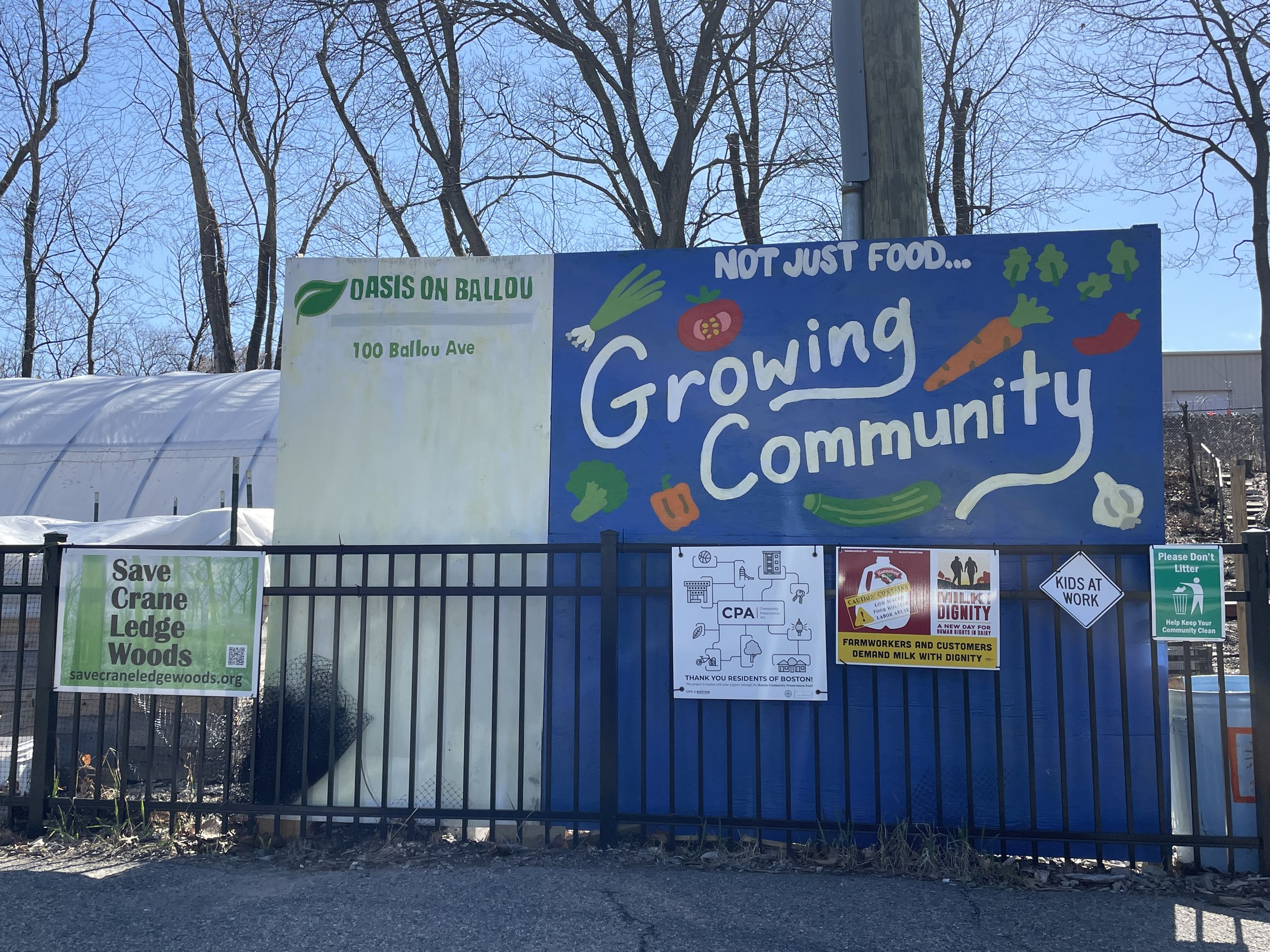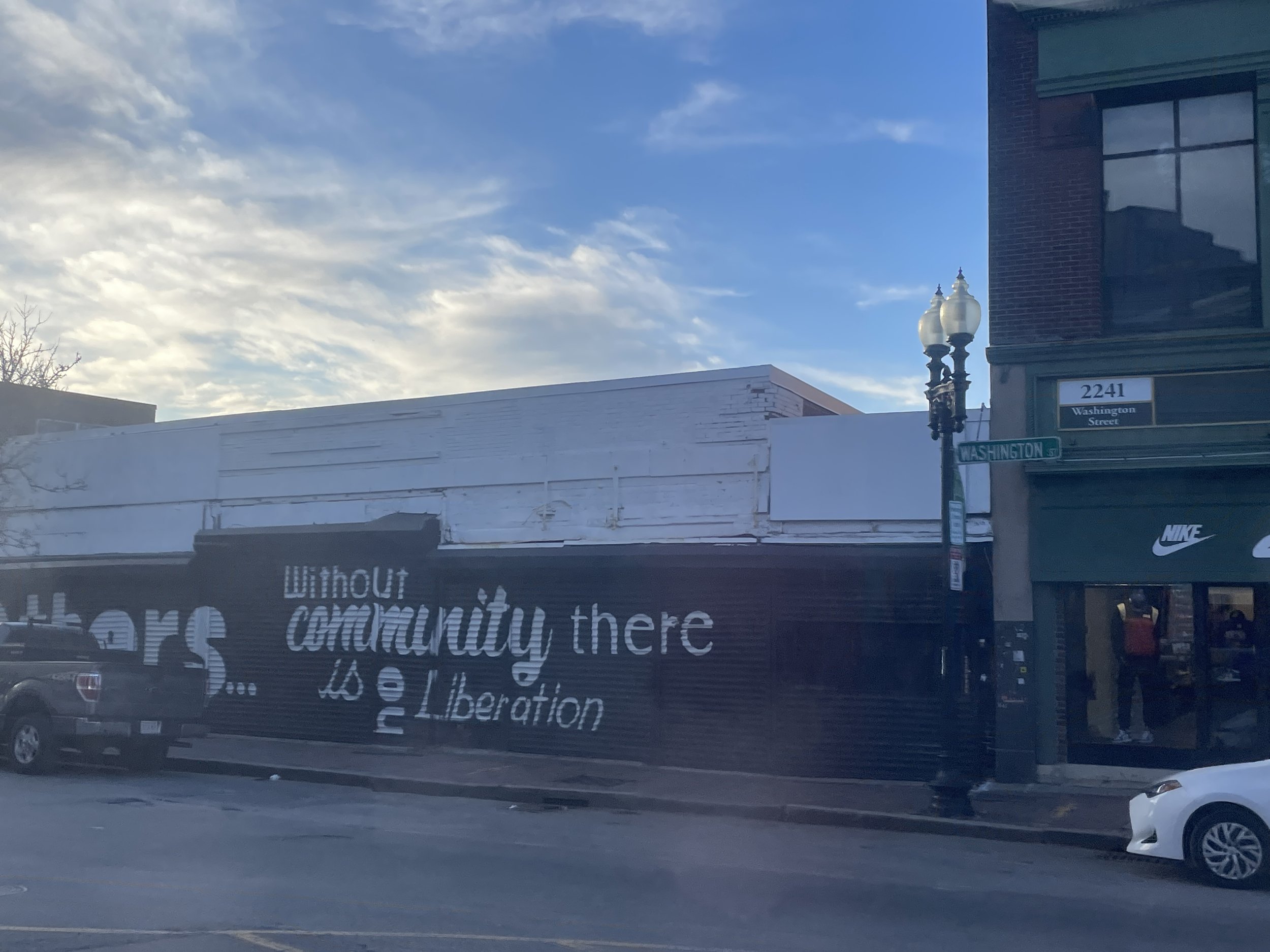
Fairmount Stories: Mobility, Advocacy, and Environmental Justice- Process Guide
Fairmount Stories is an interactive, narrative web story experience built for the purposes of education and advocacy. The website is created to engage and inform users about the importance of the Fairmount Line in the City of Boston. The rail line provides mobility to the community while also serving as a source of diesel pollution. The website is made with the intention of highlighting the positives of the train but also educate audiences about the ill effects of diesel emissions.
DESIGN PROCESS:
Turnaround time: 8 months
Collaborators:
For Website: Riddhima Dave (UX Design and Design Researcher), Emerson Holloway (Design Researcher, Admin), Jasper Katzban (UX Design, Web Development), Jennifer Lee (Illustrator)
Community Partners: a) Fairmount Indigo CDC Collaborative - Kendra Beaver, Andrealis Martinez; b) Air Partners: Scott Hersey, Francesca Majluf
Engagement Lab at Emerson College
Methods: Design Thinking, Collaborative Design, Asset-framed design, Field Ethnography, Survey, Interviews, User Research, Product Design, Usability testing
Software: Asana, Google Suite, Miro, Figma, ProCreate, Github
Problem Definition
Wicked Problem: The Fairmount Corridor today is one of several Environmental Justice communities in the Greater Boston Area primarily on grounds of “minority population and income.” Environmental Justice is defined as “the fair treatment and meaningful involvement of all people regardless of race, color, national origin, or income, with respect to the development, implementation, and enforcement of environmental laws, regulations, and policies” (United States Environmental Protection Agency). While all of Boston is affected negatively by poor air quality, those who live along the Fairmount Line Commuter Rail branch are the populations who experience the highest levels of adverse air quality. Roxbury, Dorchester, Mattapan, and Hyde Park are composed of predominantly low-income people of color as a result of long-term economic and political disinvestment; the main sources of transportation that slice through the neighborhoods all run on diesel fuel (buses and the Commuter Rail), meaning that the residents disproportionately experience adverse health effects from the high levels of particulate matter in the air they breathe. These neighborhoods have a culture of community support and uplift, despite these systemic setbacks, and there have been meaningful policy wins in recent years that have extended the reach of the Fairmount Line as a result of the hard work of community organizers.
How Might We (HMW)
How might we collect and combine quantitative data and storytelling to highlight health and transit inequities along the Fairmount Corridor for the purpose of provoking and supporting Environmental Justice action?
Stakeholders
The design team comprised of Emerson and Riddhima was engaged in studying the groundwork that FICC had done, understanding the history of the Fairmount Line and creating a plan of action for the project. During this time, we identified key Stakeholders as detailed below
Community Asset Mapping
In addition to the stakeholder map and engagement strategies, we also identified assets within the communities.
The physical locations are as follows:
Various Boston Public Library locations
Historical spaces such as Upham’s Corner
Main Streets. Alongside Upham’s Corner
Social Assets:
History of organizing and community
Commuter Rail Stops: The Fairmount line in the past did not stop through the various neighborhoods it passed on the commuter rail. The community rallied to get the rail lines to stop and was successful in doing so.
Area and Population: The neighborhoods with which we are working include large, populated areas such as Dorchester, which alone houses one-fifth of Boston’s population. Although large areas and populations can be a challenge, we also find this to be an asset due to the number of stories that can be shared and amount of mobilization that these communities can generate.
Research
February - May 2023
Knowledge Research: Literature Review, Deep Field Scan 2. Field Research: Ethnography, field tours, interviews
Literature Review
Research Questions:
What is the relationship between urban air quality and resident health and well-being?
What are Environmental Justice communities in other urban areas doing to advocate for their needs in regards to air quality?
What are comparable examples of successful change in urban areas?
How engaged are comparable neighborhoods in other cities? How do we learn from those who are doing better?
What does community action look like in urban areas?
Are there examples of successful community action in Boston?
What can historical and geographical factors tell us about mobility and social stratification in urban centers?
How does data collection supplement Environmental Justice narratives?
We produced a review of literature on the following topics:
Impact of air pollution on health and lifestyle
Urban planning and redlining history
Public transit history
Deep Field Scan
Organizations Considered (Clockwise): PropelATL, Center for Neighborhood Technology, Little Village Environmental Justice Organization, Bus Riders Union.
Organizations Selected: PropelATL and CNT for in-depth research and impact analysis.
Propel ATL
This organization originated for the purpose of making Atlanta a safer biking city but has since expanded to include the needs of those who do not use their own mode of vehicular transportation. We believed that this organization deserves deeper inquiry because of the many different community-oriented initiatives in place that prioritize the well-being of those who rely on public forms of transportation.
2. Center for Neighborhood Technology (CNT)
This organization is committed to improving the economic lifespan and sustainability of cities through data analysis and innovation tactics. We believe that CNT is a strong resource for our research due to its focus on transportation and its long history of creative sustainable development.
Field Research
Field observations were one of our main forms of design research. This observational work employed different exploration techniques so we could learn about the different neighborhoods and those who call them home.
Tour 1 Tour 2
Interviews
Structured interviews and unstructured conversations made up the second most important part of our design research project. I took the role, as engagement manager, to ask questions in order to understand the major areas of development. Resident names in interviews are withheld for privacy.
Unstructured Interviews Structured Interviews
Data Collection, Analysis and Visualization
Data collection and analysis was primarily a role undertaken by Air Partners.
Persona Development
Development
June-August
Research Insights
It is important to educate individuals on the urgency of air quality issues by connecting them to people’s everyday experiences and lives.
There is a need to make the distinction between transit access and transit equity in order to move ahead and advocate for a better Fairmount Line.
Human stories coupled with data evidence can be a way where we can engage audiences in a manner which can connect them intrinsically with an issue and pave the way for increased participation.
Product Development
Style Choices
The overall style was meant to be playful- almost childlike. We wanted the style to be educational and interactive in an audience-inclusive manner. The color palette is representative of FICC’s colors with the hex codes directly borrowed from their logo. We had two fonts: One for our narrator and one for general information. Our narrator is supposed to represent the voice of the community. She is based on the residents we spoke to in our research process. Her font is almost hand-written. The other is formal more appropriate for generic information.
Design Iterations:
Phase 1: Structure
Phase 2: Basic Design
Phase 3: Content Design
Phase 4: Interaction Design (Figma)
Phase 5 : Communicating Visual Assets
Phase 6: Finalizing Visual Style with Illustrator
Phase 7: Send to Development
Testing and Evaluation
Initial Feedback from the test:
The story-based informational perspective was appreciated but the visuals need to be specific (work in progress)
Scrolling on stagnant areas became annoying
Interactions and transitions were not seamless
The text-heavy format needs work to cater to individuals with disabilities such as dyslexia
More time was spent on the interactives and the least amount of time was spent on dryer informational material
Participants gave us ideas about what we could add to the content to make it more connective to people
Evaluation Criteria
Education: Fairmount Stories is first and foremost an informational website that can be used and shared as a tool of education. We believe that our work has been successful in highlighting a multidimensional and multi-layered story about the Fairmount Line. Our goal is not to present the Line in a bad or negative way- there are so many good things about it too. We want the message to be such that these good qualities shall be why there need to be more efforts for improvement.
Engagement: Although we are struggling to maintain the same amount of attention to some of the more informative pieces of the website- mainly the “At A Glance” and “How It Came To Be” sections, our narrator’s POV, anecdotes, and engagement opportunities has held engagement in the participants we reviewed.
Action: Our website ends with calls to action and details exactly what our audiences can do to make the Fairmount Line better. We have proposed a Google sheet on the backend that can be updated by FICC as their plans move forward and their calls to action change. We still need to work out how to represent such Google sheets on our website.
Futures
We conceptualized this website as one that could be shared easily and thus be effective in sending the message out to lots of people. Our website contents can also be taken in excerpts which can be used by community leaders like FICC, or Dorchester Bay Economic Development Corporation as educational aids at meetings. Finally, this website is a counter-narrative to other narratives about the neighborhoods of Dorchester, Roxbury, Hyde Park, and Mattapan. We know that there are a lot of stereotypes and ideas that outsiders have about these places. We have tried to portray this region in a multilayered manner that does not allow generalizations and assumptions. We hope that anyone who comes across this work is able to gain a deeper understanding of the true nature of these communities.














































